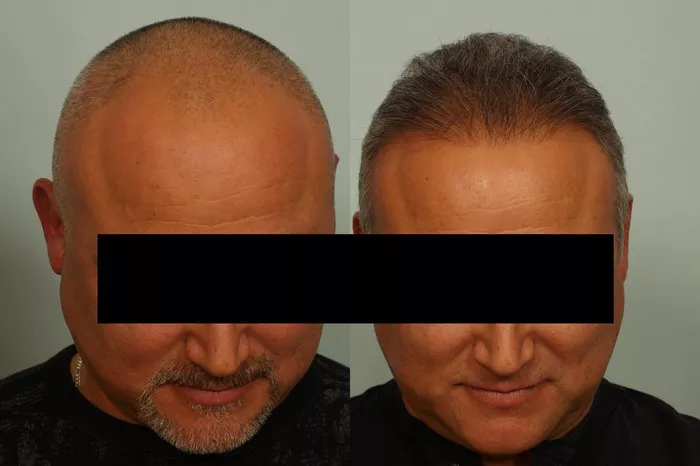Hair transplants have become a well-known solution for hair loss, offering individuals the opportunity to regain a full head of hair and boost their confidence. While traditional hair transplant methods involve natural hair, a growing trend in the industry is synthetic hair transplant. In this article, we will explore the world of synthetic hair transplant, its permanence, benefits, and potential considerations for those considering this procedure.
I. Understanding Synthetic Hair Transplant
To grasp the concept of synthetic hair transplant, we must first comprehend what it entails and how it differs from traditional hair transplant methods.
Synthetic hair transplant involves the use of artificial, man-made hair fibers instead of natural hair follicles for hair restoration. These synthetic hairs are made from materials like polyester or acrylic and are implanted into the scalp.
The process involves attaching synthetic hair fibers to the scalp using specialized techniques, typically under local anesthesia. The fibers are strategically placed to mimic natural hair growth patterns.
See Also: Does hair transplant really work: What You Need To Know
II. The Permanence Question
One of the most significant concerns for individuals considering synthetic hair transplant is the permanence of the results. Let’s explore this aspect in detail.
1. Semi-Permanent Nature
Synthetic hair transplant is not considered permanent in the traditional sense. While it offers immediate results and can last for a few years, the fibers may need maintenance or replacement over time.
2. Maintenance and Touch-Ups
To maintain the appearance, individuals may need periodic touch-up sessions to adjust the position of synthetic hairs or replace any that have worn out. The frequency of touch-ups depends on factors like the quality of the fibers and the individual’s lifestyle.
III. Benefits of Synthetic Hair Transplant
While not permanent, synthetic hair transplant has its advantages that make it a viable option for many individuals dealing with hair loss.
1. Immediate Results
Synthetic hair transplant provides immediate results, offering individuals a full head of hair without the waiting period required for natural hair transplants to grow.
2. Customization
Synthetic hair allows for precise customization of hairline design, density, and color. This level of control can lead to a very natural appearance.
3. No Donor Area Limitation
Unlike traditional hair transplants that require a donor area with natural hair, synthetic hair can be implanted on any part of the scalp.
IV. Considerations Before Choosing Synthetic Hair Transplant
Before opting for a synthetic hair transplant, it’s essential to weigh the potential downsides and considerations associated with this procedure.
1. Limited Longevity
The semi-permanent nature of synthetic hair transplant means that individuals must be prepared for touch-up sessions or replacements as the fibers wear out over time.
2. Artificial Appearance
While modern techniques aim to provide a natural look, there’s always a risk of the hair appearing somewhat artificial, especially upon close inspection.
3. Cost Implications
The initial cost of synthetic hair transplant can be lower than traditional methods, but long-term maintenance costs should be considered.
V. Alternatives to Synthetic Hair Transplant
For individuals seeking permanent hair restoration solutions, it’s essential to explore alternative methods, such as natural hair transplant techniques.
1. Follicular Unit Transplant (FUT)
FUT involves the transplantation of natural hair follicles from a donor area to the balding regions. It provides permanent results and is highly effective.
2. Follicular Unit Extraction (FUE)
FUE is another popular natural hair transplant method that involves the extraction and transplantation of individual hair follicles. It offers permanent, natural-looking results.
VI. Conclusion
In conclusion, synthetic hair transplant is a viable option for individuals seeking immediate results and customization in hair restoration. While it is not permanent in the traditional sense, it provides a solution for those looking to address hair loss concerns without the waiting period required for natural hair transplants to grow.
Before opting for a synthetic hair transplant, it’s crucial to carefully weigh the benefits and drawbacks, and consider long-term maintenance and cost implications. Individuals seeking permanent solutions may find natural hair transplant methods like FUT and FUE more suitable. As with any medical procedure, consult with a qualified specialist to determine the best course of action for your unique situation.


